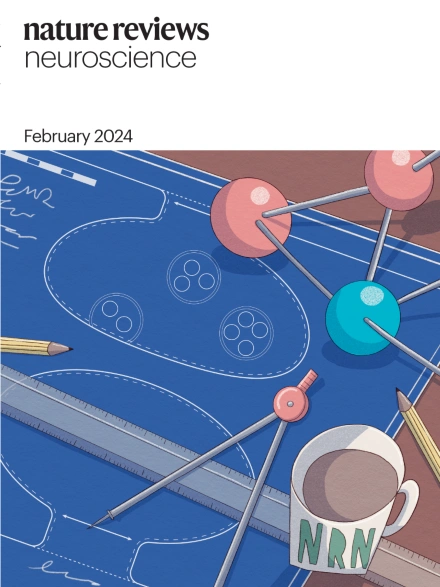Fibroblasts in immune responses, inflammatory diseases and therapeutic implications
IF 32.7
1区 医学
Q1 RHEUMATOLOGY
引用次数: 0
Abstract
Once regarded as passive bystander cells of the tissue stroma, fibroblasts have emerged as active orchestrators of tissue homeostasis and disease. From regulating immunity and controlling tissue remodelling to governing cell growth and differentiation, fibroblasts assume myriad roles in guiding normal tissue development, maintenance and repair. By comparison, in chronic inflammatory diseases such as rheumatoid arthritis, fibroblasts recruit and sustain inflammatory leukocytes, become dominant producers of pro-inflammatory factors and catalyse tissue destruction. In other disease contexts, fibroblasts promote fibrosis and impair host control of cancer. Single-cell studies have uncovered striking transcriptional and functional heterogeneity exhibited by fibroblasts in both normal tissues and diseased tissues. In particular, advances in the understanding of fibroblast pathology in rheumatoid arthritis have shed light on pathogenic fibroblast states in other chronic diseases. The differentiation and activation of these fibroblast states is driven by diverse physical and chemical cues within the tissue microenvironment and by cell-intrinsic signalling and epigenetic mechanisms. These insights into fibroblast behaviour and regulation have illuminated therapeutic opportunities for the targeted deletion or modulation of pathogenic fibroblasts across many diseases. This Review provides a comprehensive overview of fibroblast biology in rheumatoid arthritis and other chronic inflammatory diseases. The authors discuss insights into fibroblast behaviour and pathogenicity from single-cell and functional studies and describe how these findings have informed efforts to therapeutically target fibroblasts.


成纤维细胞在免疫反应、炎症性疾病及其治疗意义
曾经被认为是组织基质的被动旁观者细胞,成纤维细胞已经成为组织稳态和疾病的主动协调者。从调节免疫和控制组织重塑到控制细胞生长和分化,成纤维细胞在指导正常组织的发育、维持和修复中发挥着无数的作用。相比之下,在类风湿关节炎等慢性炎性疾病中,成纤维细胞招募并维持炎性白细胞,成为促炎因子的主要生产者,并催化组织破坏。在其他疾病背景下,成纤维细胞促进纤维化并损害宿主对癌症的控制。单细胞研究发现,在正常组织和病变组织中,成纤维细胞都表现出惊人的转录和功能异质性。特别是,对类风湿关节炎中成纤维细胞病理的理解的进展,揭示了其他慢性疾病中成纤维细胞的致病性状态。这些成纤维细胞状态的分化和激活是由组织微环境中的各种物理和化学线索以及细胞内在信号传导和表观遗传机制驱动的。这些对成纤维细胞行为和调节的见解为靶向删除或调节许多疾病的致病性成纤维细胞提供了治疗机会。
本文章由计算机程序翻译,如有差异,请以英文原文为准。
求助全文
约1分钟内获得全文
求助全文
来源期刊

Nature Reviews Rheumatology
医学-风湿病学
CiteScore
29.90
自引率
0.90%
发文量
137
审稿时长
6-12 weeks
期刊介绍:
Nature Reviews Rheumatology is part of the Nature Reviews portfolio of journals. The journal scope covers the entire spectrum of rheumatology research. We ensure that our articles are accessible to the widest possible audience.
 求助内容:
求助内容: 应助结果提醒方式:
应助结果提醒方式:


